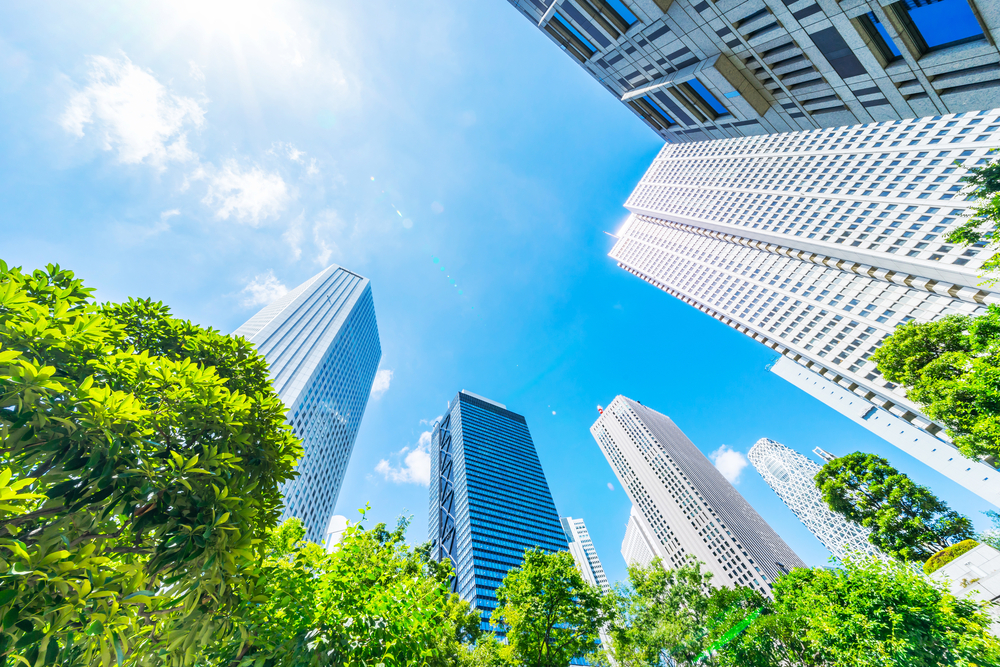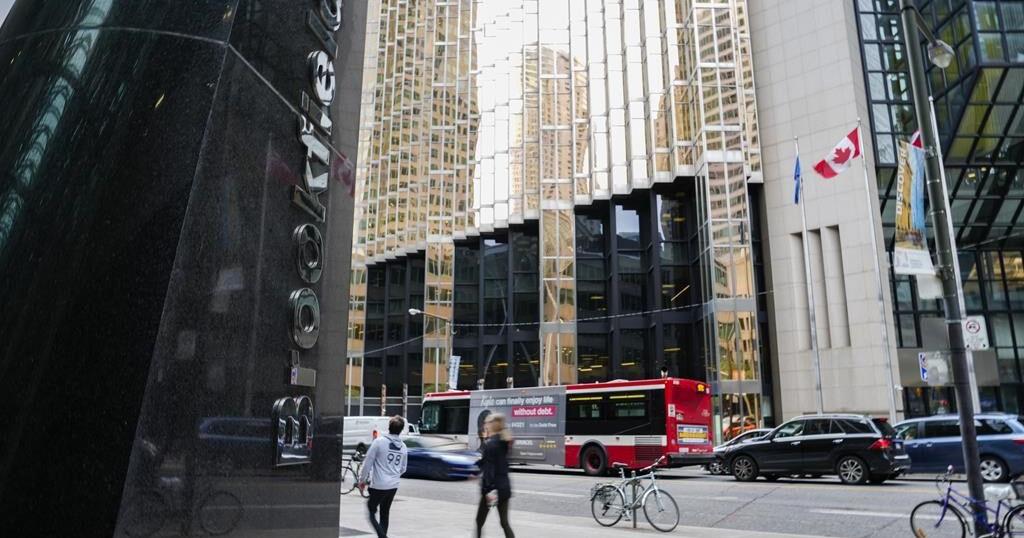One of the world’s largest real estate investors says accurate information about buildings’ social impact continues to be elusive, a position echoed by the region’s leading independent ESG (environmental, social and governance) monitoring organisation, which has emphasised the obstacles of monitoring building’s social impacts in Asia.
“We need to make sure the buildings we manage serve society but with social elements, targets are harder to define,” Dr Raphael Mertens, chief risk officer and head of ESG for Allianz Real Estate, told AsianInvestor. “Tenant satisfaction is a key element, for instance, but ‘satisfaction’ can be a subjective view that is difficult to quantify across global markets, tenant types and sectors,” he said.
Evaluating a building’s social impact, including on the local community was hard, he said. “The breadth of stakeholders here [in Asia] makes systematic, measurable evaluation hard. How important is a reduction in crime, say, 500 metres around our buildings?”
Ruben Langbroek, head of Asia Pacific for GRESB, an independent ESG benchmarking association in the real estate and infrastructure sectors, told AsianInvestor that the property funds, assets and companies it monitors find it challenging to measure social issues.
“Assessing metrics on social impacts, outputs and outcomes is much more challenging. This is because standardisation of such metrics largely still is lacking, while those social impacts, outputs and outcomes are very dependent on the context in which an organisation and/or asset operates.”
He said that how companies in Asia report social issues complicates the situation further, noting that they only tend to so if they already know their social impact is good relative to their peers.
“Whereas in many other regions, companies and funds participate in GRESB regardless of where they are in their [ESG] journey, in Asia, organisations typically only start GRESB participation once they’ve established a proper foundation that allows them to perform well. The reason is mostly a cultural one: they don’t want to lose face by performing poorly.”
Divestment risk
Mertens said the increasing importance of social risk in property investing made the problems of measurement of social impact even more pressing.
“Issues such as diversity, equality, employee well-being and health, and charitable and community programmes, to name a few, are now having a significant role in the ESG profile of a business,” he said.
These risks are likely to lead to investors avoiding buildings, managers or funds that perform poorly on social measures in future. In February, Mertens told AsianInvestor that growing awareness of the social impact of buildings was significantly increasing the reputational risk of having incomplete or inadequate information.
He said Allianz Real Estate is talking to managers and co-investors about creating new reporting frameworks, noting that the fund now had dedicated team members who focused on the social impact of buildings.
“We are having discussions with suppliers and partners about how best to work with them and agreeing set principles – such as a formal Code of Conduct. The aim is very much to make the ‘S’ assessment more systematic as we have done with our environmental programme,” he said.
Property investments that make a positive social impact carry a clear commercial benefit, he added. “The overarching thesis with regards to the ‘S’ and its role in delivering investment returns can be simplified, much like with the ‘E’, into the fact that tenants, investors and partners will gravitate towards buildings and landlords that prioritise and exhibit best-in-class policies, performance and programmes – driving demand and value.”
Green substitute
Without good third-party measurement structures for social impact, Allianz Real Estate is likely to continue to use green building certificates as a core part of its evaluation of its social programme for the foreseeable future, Mertens said.
“Many of the standards and tools used to evaluate the environmental profile of assets are also relevant in the context of social elements, such as tenant well-being. These third-party assessments are themselves likely to evolve to cover more social ingredients. This entailed employing metrics from green buildings.”
He pointed to the socio-cultural assessments included as part of the German Sustainable Building Council (DGNB) certificates and the health and wellbeing assessments included in the BREEAM, a global sustainability assessment method for buildings and infrastructure, as well as measurements of air and water quality of the High Quality Environmental standard (HQE), a standard for green building in France. “We are also reviewing other frameworks such as fitwel certification and WorldGBC’s Health & Wellbeing architecture,” he added.
The social issues included in the GRESB measure range from child labour, human rights, inclusion and diversity, to employee health and well-being. GRESB assesses the presence and scope of policies concerning social issues and the measures taken to implement them, asking respondents to give examples, including providing data in areas, such as diversity and absenteeism, where it is easy to collect.
¬ Haymarket Media Limited. All rights reserved.
























